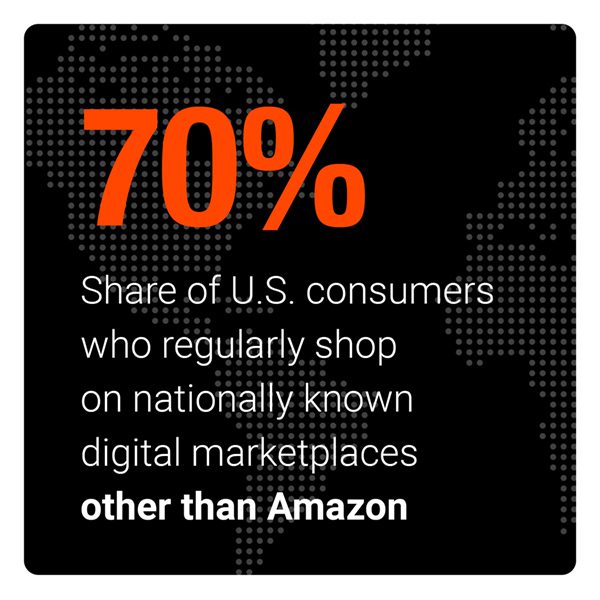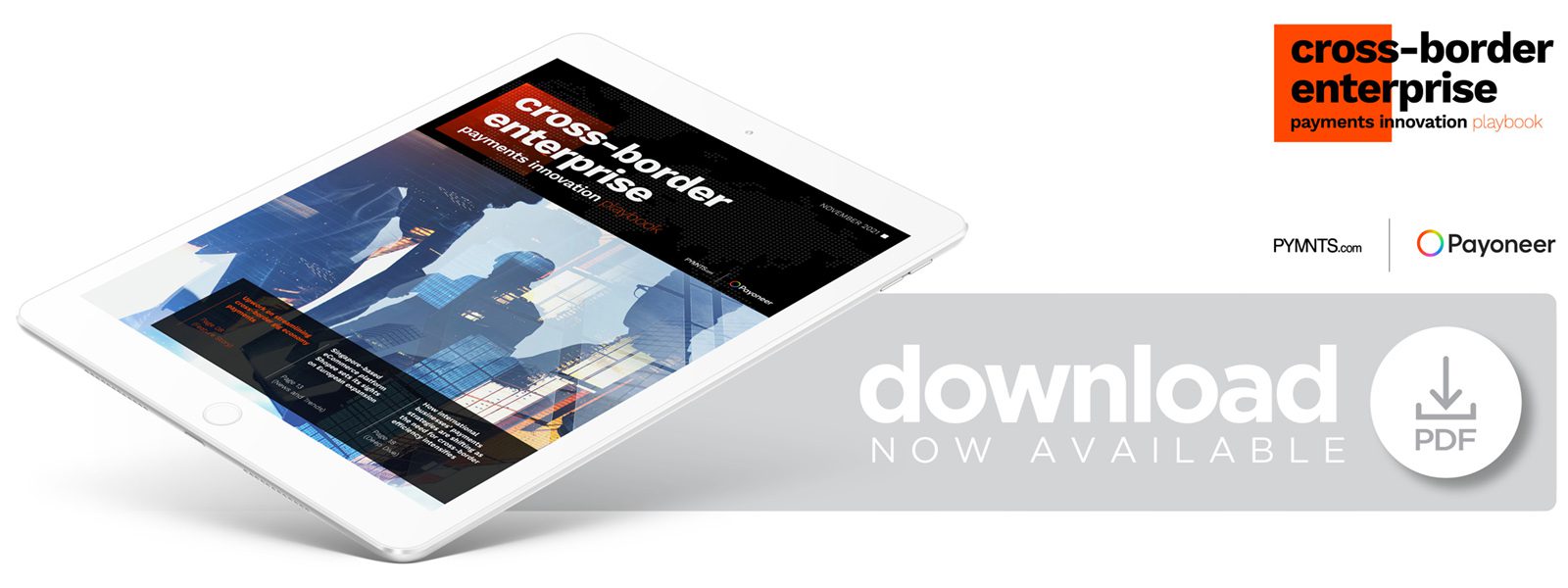Upwork On Easing Global Gig Economy Payroll Pains

The international eCommerce ecosystem has seen unprecedented growth since the pandemic began in March 2020, yielding many opportunities for digital-first businesses to expand internationally — and many are taking active measures to seize the moment. Merchants, digital platforms, aggregators and other firms that conduct their businesses online have been adding new payment gateways and features to their payments stacks to help facilitate smoother entry into new markets. The result is an ever-expanding and increasingly complex web of relationships between international eCommerce merchants, the platforms and marketplaces that connect them to customers abroad and the payment service providers (PSPs) that enable their payments operations.
Capitalizing on these new opportunities requires businesses to streamline their cross-border payment flows. Many new entrants to the global market lack the technological and financial resources to conduct international commerce efficiently. The “Cross-Border Enterprise Payments Innovation Playbook,” a PYMNTS and Payoneer collaboration, provides an overview of what payments orchestration entails and how payment orchestration platforms (POPs) can help international businesses optimize their cross-border payment flows and prepare them for long-term, international growth.
Around the Cross-Border Payment Orchestration Ecosystem
Big-name digital platforms and marketplaces like Amazon, Etsy, Walmart and eBay have become a central part of consumers’ lives. Not only do 90% of United States consumers now shop on Amazon alone, and 70% shop on other nationally-known digital marketplaces, but many other, smaller market players like Shopee and Hublio are riding the eCommerce boom to international expansion.
 Enterprises like these stand the best chance of internationally succeeding when they offer various payment methods. Research shows that the top-performing merchants in the international arena consistently provide more payment options than the rest, placing an onus on businesses expanding across borders to equip themselves with localized options to meet international shoppers’ needs.
Enterprises like these stand the best chance of internationally succeeding when they offer various payment methods. Research shows that the top-performing merchants in the international arena consistently provide more payment options than the rest, placing an onus on businesses expanding across borders to equip themselves with localized options to meet international shoppers’ needs.
Customer-facing payments are just half of the equation, however. Succeeding on a global scale requires enterprises to streamline each and every aspect of their payments operations—incoming and outgoing payments flows alike. It is no wonder that chief financial officers (CFOs) from businesses of every size and sector are investing in the end-to-end enterprise payments solutions that can help position them for long-term growth.
For more on these stories and other recent cross-border payments orchestration headlines, download the Playbook.
Upwork on How Payment Orchestration Layers can Help
The past 19 months have presented countless opportunities for eCommerce businesses to expand, with more consumers shifting to shopping and paying online than ever. Not all eCommerce retailers are equipped with the payment capabilities they need to transact with international businesses partners, however.
In this month’s Feature Story, PYMNTS speaks with Michelle Swiec, senior director of global payments operations for freelance platform Upwork, on how mass payout solutions can reduce cross-border payment frictions and give gig workers the payment flexibility they require.
Deep Dive: How International Enterprises can Tap POPs’ Flexibility for Sustained Growth
Getting a foot in the door of a new national market is one thing. Building a strong and efficient international payments strategy to support long-term growth in new markets is another.
This month’s Deep Dive explores how digital platforms and marketplaces with an established international presence are shifting their payments orchestration strategies to focus on cross-border and end-to-end payments optimization.
About the Playbook
The “Cross-Border Enterprise Payments Innovation Playbook,” a PYMNTS and Payoneer collaboration, provides an overview of how payments orchestration can help international enterprises streamline their cross-border payments operations to maximize their cross-border growth potential.
